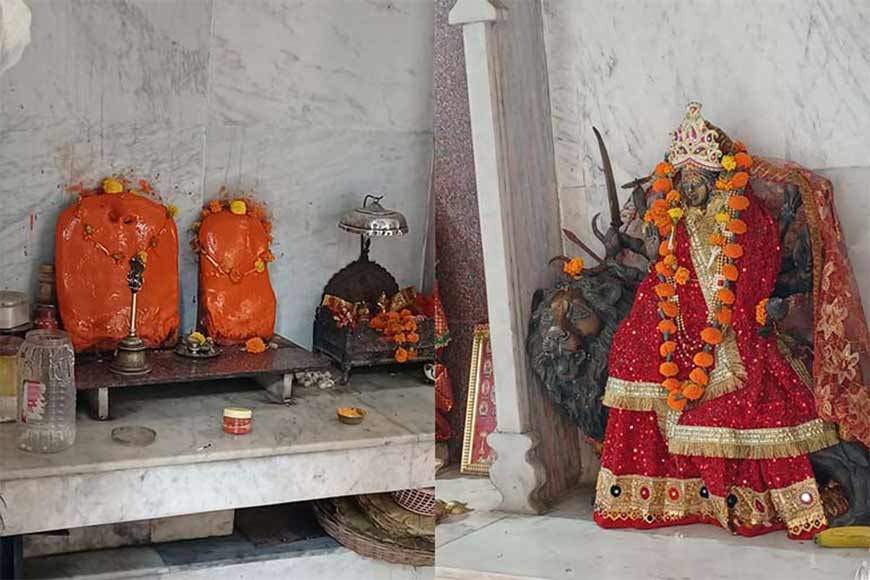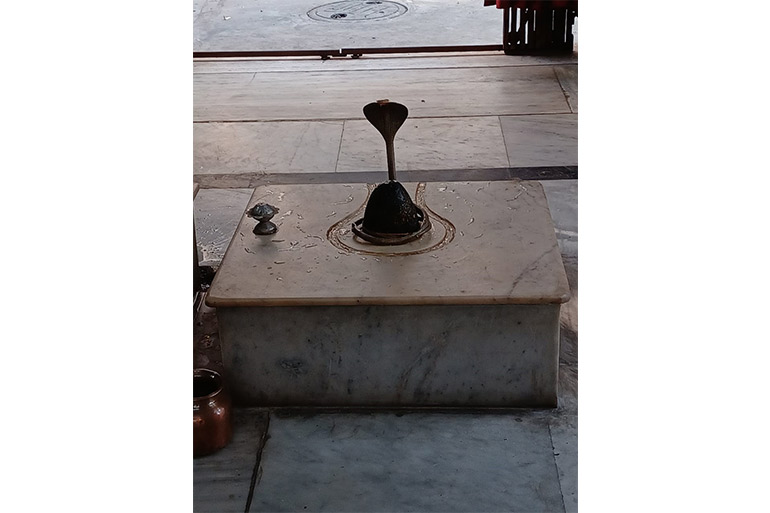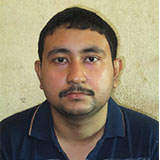How the Prince of Pala dynasty turned a Yogi

Kolkata still has many unearthed treasures and unheard tales. GB brings you one such tale in a 2-part series on an abandoned historical site just in the heart of the city that has the grave of one of the last princes of the Pala Dynasty who turned into a famous Yogi. Read this fascinating concluding part of the story
CThe time was ripe in medieval India when the Nath aka Natha sect had considerable clout in Hindu religion. The Naths are a Shaiva sub-tradition within Hinduism that is based on combination of ideas from Buddhism, Shaivism and Yoga traditions. The Naths have been a confederation of devotees who consider Shiva, as their first lord or guru, with varying lists of additional gurus. A section of the Nath sampradaya (spiritual lineage) at that time were opposed to ‘Matrika’ (female deity in the form of Mother) worship and this is evident from the stories we get to know of Chourang and Ghantapar during Devapala's time.

However, Chourang became deeply involved in the worship of Shakti, the all-powerful female Supreme Being. From the latter half of the Pala Age to the transition phase to Sen period and the Medieval period, Nath ascetics became the chief bearers of the Tantra tradition. The glorious tradition of assimilating the Nath yogis with those who worship the Almighty Mother Power (Matri-sadhana) began during this period and saints like Meenath, Harinath, Kurmanath contributed significantly to blend the two sects. Chowranginath is also one of the early precursors who worked to merge the two beliefs.
Also read : What is hidden behind Maidan police station?
Chowranginath was popularly known as Yogipala as he left the lavish lifestyle of the palace and became an ascetic. Vrindavandas writes in his book, ‘Chaitanya Bhagavata’: “Jogipal, Bhogipal Mohipaler geet/ Iha shunibare sarbalok anandito” (The entire universe is happy and content to hear songs in praise of Yogipala Bhogipala Mahipala). This couplet goes to prove that the popularity of Yogipala had not diminished even in the 16th century, several centuries after the Pala dynasty had been dethroned. When a group of Bengalis from Pala period reached the western part of India to the Konkan coast in Goa under the leadership of a warrior named Parashuram, they carried with them the legacy of Yogipala with them. Even to this day, the eight-armed Maharmardini, Shantadurga Shanteri Devi and Chowranginath are worshipped by devotees in the ancient Konkani temple at Goa. The Sahajiya Nath Yogi sect has spread the glory of Chowranginath in different parts of the country and immortalized this former Pala prince of Bengal.
Chowranginath’s name is also associated with Kalighat, the site of the famous Kali temple dedicated to Goddess Kali. This is one of the Shakti Peethas where the right toe of Dakshayani Sati is said to have fallen. The Shakti here is known as Dakshina Kalika. Legend has it that Chowranginath once had a vision of Goddess Kali’s countenance and he founded the Kalighat temple, then a small hut tucked in the periphery of the dense jungle on the banks of River Ganga. The path that led to the temple from the north of the newly established city came to be known as ‘Road to Kalighat or Kali-kshetra.’ Chowranginath’s ‘dera’ (abode) was on the way and he used to provide food and shelter to the weary pilgrims who hiked long distances to pay obeisance to the Goddess at Kalighat. After his death a Shiva temple was built on his tomb by his followers.
If you ever wish to visit this temple on your way to Nandan complex, feel free to do so. Lord Shiva’s deity is worshipped here regularly. It is never too late to revive our memory of a golden period in history and look back at a slice of history with nostalgia.
(Translated by TTW)










